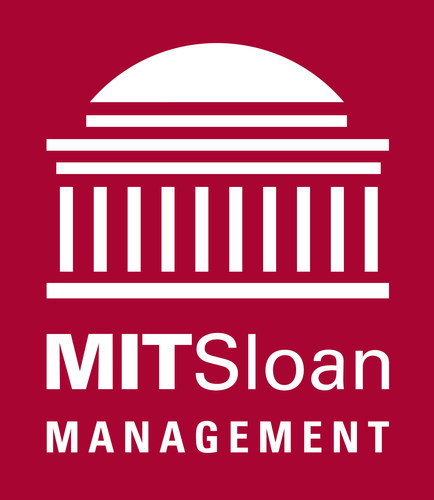“I don’t know if this is long-term, but it doesn’t feel like it’s temporary when we’ve been dealing with 36 straight months of declining ridership,” said Darrell Johnson, chief executive of the Orange County Transportation Authority.The decline suggests that Southern California policymakers are falling short of one of their longtime goals: drawing drivers out of their cars and onto public transportation to reduce traffic congestion, greenhouse gases and the region’s reliance on fossil fuels.
Source: Southland transit agencies report shrinking ridership as investments continue to grow – LA Times
The last rush hour may be drawing near in a region infamous for some of the worst rush hour traffic in the United States. Once a region becomes so geographically large and heavily populated as Southern California (and other metro areas including Atlanta, Washington DC and the San Francisco Bay Area), the transportation system becomes saturated and can no longer move people efficiently within reasonable transit times.
Public transit cannot remedy that inefficiency once a tipping point of traffic congestion is reached, often taking longer to reach a destination than driving and reducing incentive to use it. Neither can adding more freeway lanes, which drives up automobile commuting and only buys time until congestion once again snarls traffic a decade or so later.
The good news is information and communications technology (ICT) has matured to the point that office workers no longer need to commute to an office distant from their communities — a pattern enabled by freeways. They can now work in their communities in home offices and co-working spaces. In that regard, ICT can succeed in achieving the long held goal of transportation and regional planners to reduce automobile use for daily commute trips as well as support environmental objectives such as reducing carbon emissions. ICT could already be a factor in reduced public transit ridership as office workers remain in their home communities at least part of the work week.

